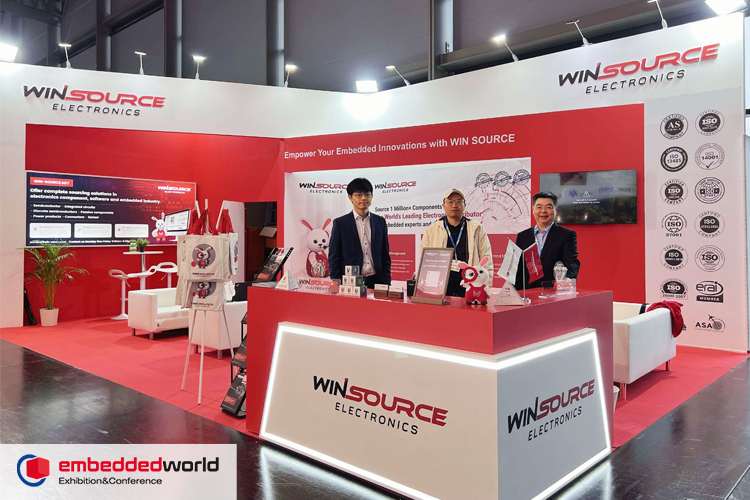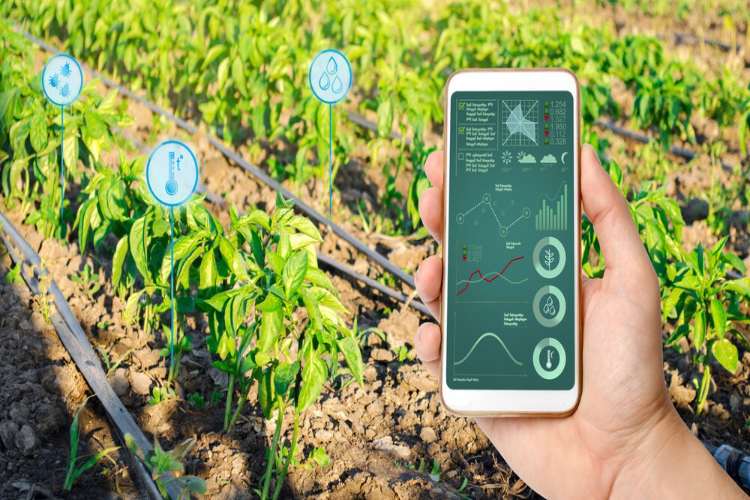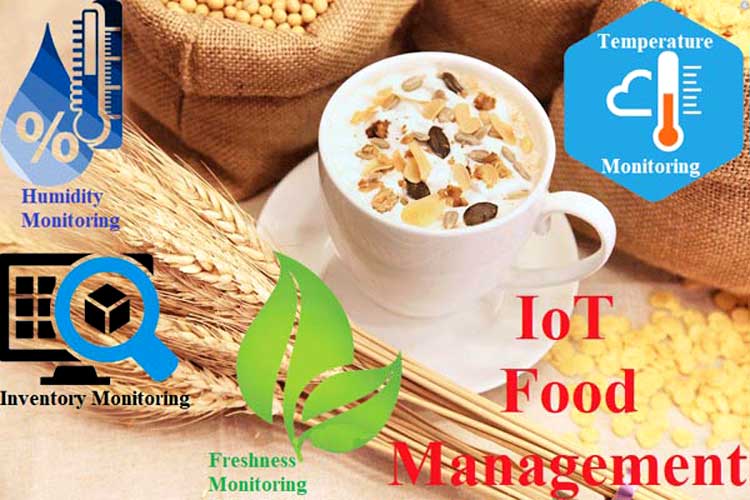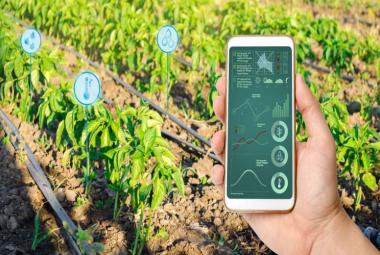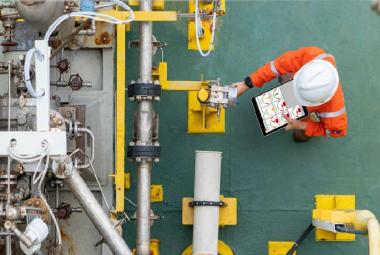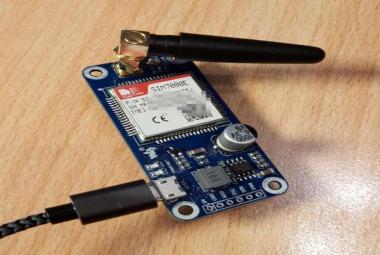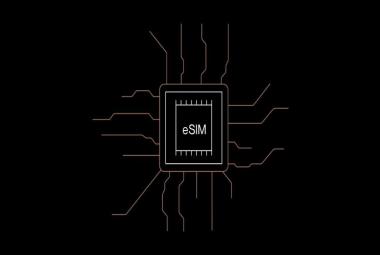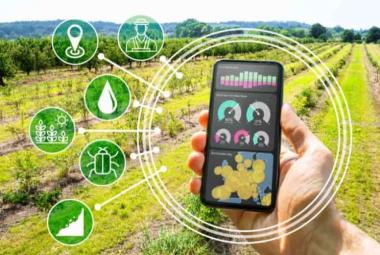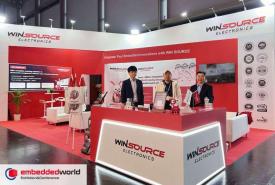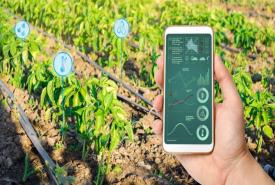Joe and Billy are friends since childhood. Both started separate businesses in food management. Joe is a technology geek whereas Billy believes in the old school style. However, for the first 5 years, Joe gained a lot of reputation in the food Industry whereas Billy failed to achieve his rewards in the business and hence is planning to close down.
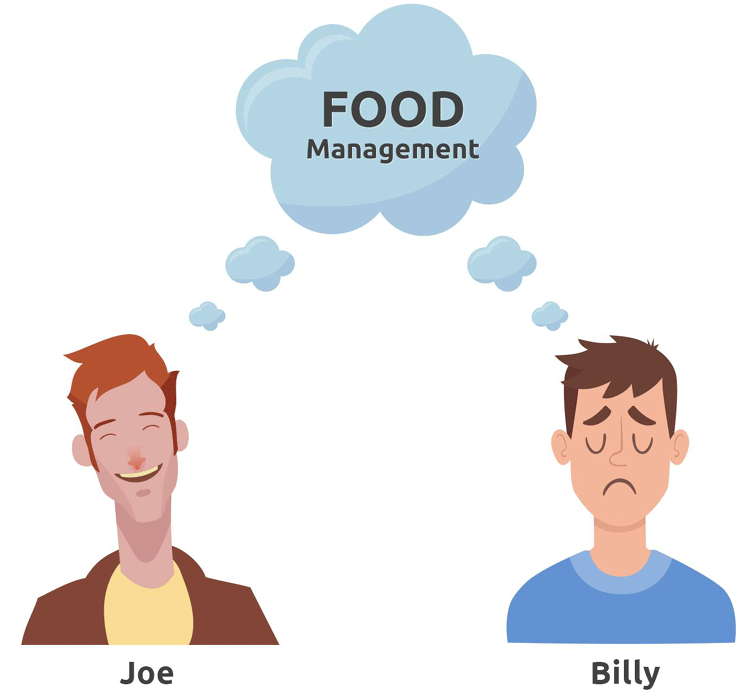
One fine morning, both were sitting in a Britling Cafeteria when Billy asked Joe, “It was a hectic journey in the last two years, I am fighting with the food management business and planning to close down. How do you manage this odious food wastage?”
Joe, with a steady voice, replied, “It is not ‘How’, It is all about the ‘Who’. If you can find out the perfect answer for ‘Who’, then your question on ‘How’ will automatically be solved.”
Joe continued - “I realized that the main problem in food management is lowering the food wastage cost. I got a problem, but instead of finding out ‘How’ I can solve this problem, I looked for ‘Who’ can solve this for me. Ofcourse hiring a guy for this very task would be heavy on pockets in the long run, that is why I employed the Internet of things (IoT) to analyze and manage food inventory. I found out ways to implement IoT in food management and that solved my problems in various ways.”
Billy failed to understand Joe’s words but was determined to know more and on that night he researched how IoT can be leveraged in the Food industry.
Internet of things with Food Industry:
IoT is the short form of Internet of Things, it is a device or set of devices which connect different types of sensors to the Internet. It can be started with a simple single sensor that can be integrated into the refrigerator to send the detailed temperature or ambient data into a web server or via Email. There is plenty of scopes to integrate loads of sensors to track the weight of the foods and could inform the stock status automatically. It can also notice that the Food is getting out of stock soon, thus send a reminder to maintain stock through an SMS.
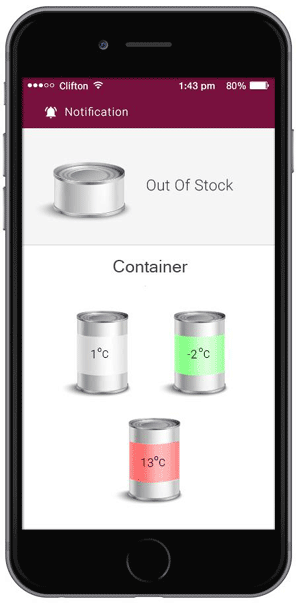
IoT in Food Waste Management
Every food has a shelf period within which it has to be consumed, else it has to be thrown out incurring loss. If the Food container knows the fresh stock date, it can inform the user before the expiry of the product. Also, all the reports like in-time, out-time, etc can be made available on a mobile phone application.
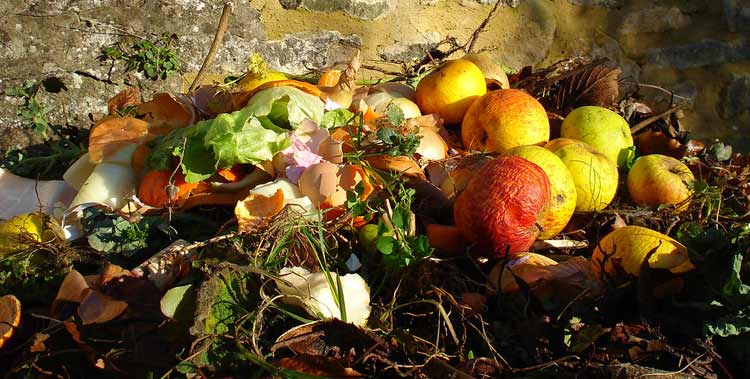
Let's consider a case study on how this can be practically made profitable. Billy has a set of customers who use his cold storage facility. Now, with IoT, he could start a campaign where his customers will get a notification on out of stock, Food wastage reminders, as part of his services. He can also provide the links where his customers could purchase the out of stock foods online. He can also run advertisements in his own IoT platform, related to those online retail shops. This way he can provide a better service with more functionalities like IoT based online inventory management compared to his competitors and can also get a new source of income through Advertisements.
Certainly, another idea comes into Billy’s mind, He had ordered Ice Cream a few days ago. When the Ice cream was received by him, “It was only cream, no Ice in it”. How amazing it would be if the container used by the online food delivery guys were equipped with the IoT sensors and provide data to the end-users’ mobile about how the food is carried and delivered to him/her, in what condition the food was stored? Nowadays, people do not get proper information about how food is stored, carried and delivered to them.
Adding to this, we have other common problems faced in the food industry, which are listed below.
1. Regularly taking care of each and every food by investing time, money and resources.
2. Food gets rotten due to a lack of information about food health.
3. Billy could not get any real-time report of the food condition, stock, weight.
4. Billy also doesn’t have confirmed information about how many times his food container door was opened or closed.
5. He failed to gather information about his food storage whenever he needed, at any place through the internet on a mobile phone.
By using IoT, all the above-listed problems can be solved and can also open up multiple business ideas in the food management system. The advantages of IoT in the Food industry are listed below.
1. Proper data of Food Health, Food Stock information is now easily accessible to Billy.
2. Store the link of the vendors depending on the food, The IoT device can also order the food from the vendors before it became out of stock.
3. The container is equipped with sensors, recording the data about how many times the door was opened.
4. Scope to provide advertisement on the IoT portal where users get the online link of the food vendors.
5. Save time by getting all information handy anywhere through the internet, on a mobile phone, Android or IOS, with data-based actionable insights.
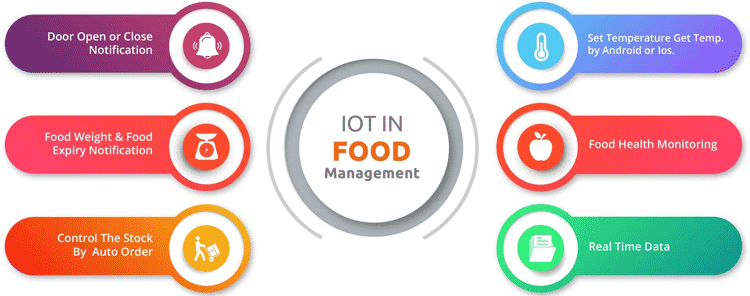
Data is everything for a business if properly created, well sorted and analytically represented. Not only this, a well-versed business strategy, developed by the customer data is truly the most inevitable opportunity in any business model. IoT gives us this scope to expand our business.
Billy is now starting his food management business once again, equipped with IoT, and we are sure he will be successful. Good Food leads to a healthy lifestyle, managing the food health is the first priority for any food management system, and creating an environment-friendly, economical, feature-based design is the first priority for the IoT.


